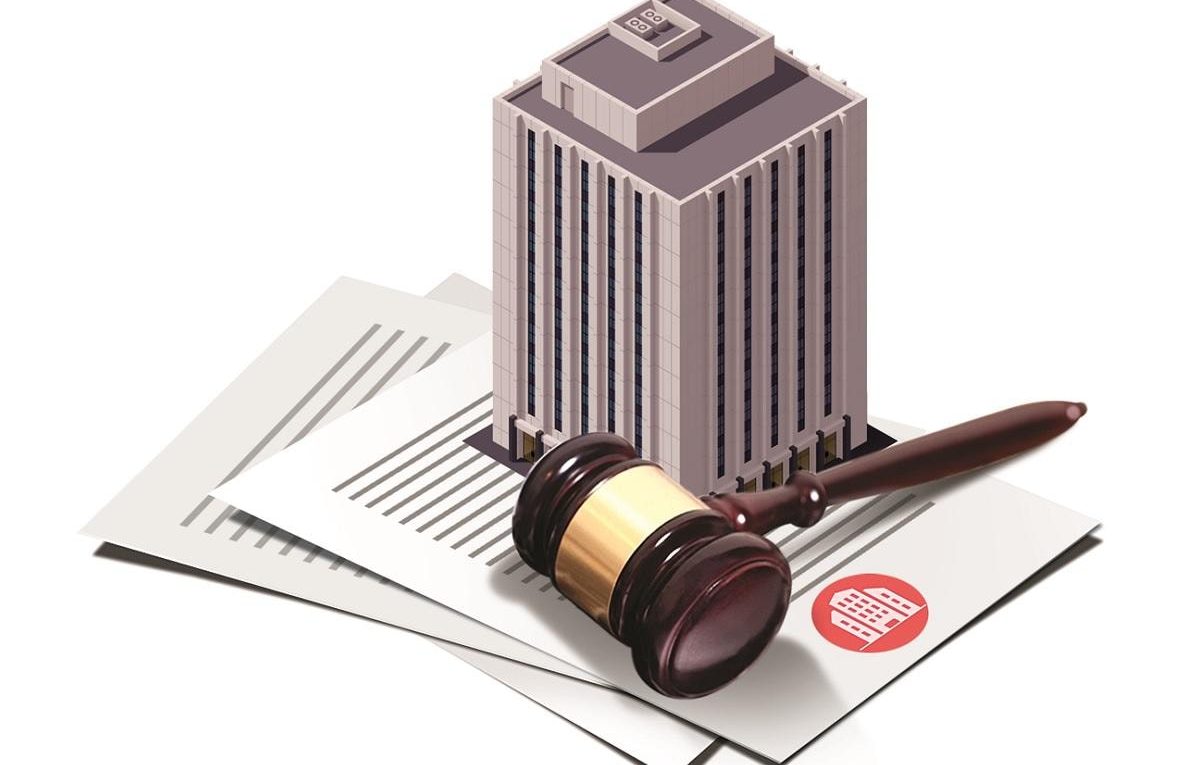IIM Ahmedabad study finds significant improvement in firms post IBC
Average sales of companies, three years post-resolution rose 76 per cent, while the build-up of tangible assets surged 50 per cent, according to a study by the Indian Institute of Management Ahmedabad (IIMA) into the outcomes of companies that were resolved under the Insolvency and Bankruptcy Code (IBC).
The study found that hotels and restaurants have had the highest recovery rate for creditors under the IBC while electricity, gas, and water supply firms have the lowest recovery rates.
The average recovery rate in IBC, according to the study, is about 33.2 per cent.
“The highest recovery rates are not for asset-heavy industries but for asset-light industries with substantial intangible assets. It also highlights the importance of an auction to realise the going concern value of an entity,” the study into 550 firms post-resolution noted.
Looking into post-IBC outcomes of companies, the study found that while the net margins continue to be negative, these resolved firms have operationally broken even in the post-resolution period.
There was also a 50 per cent increase in the average employee expenses, which the study said showed a higher employment intensity in the resolved firms in the listed category, post resolution.
Indicating a build-up of tangible assets in the balance sheet, these firms have recorded an increase of around 50 per cent in the average total assets.
“Overall the results suggest that the market has priced and acknowledged the potential of these firms in the post-resolution period,” it said.
The Insolvency and Bankruptcy Board of India (IBBI) while stating the key findings of the study in its quarterly newsletter, said it is essential to recognise that the success of resolution goes beyond the recovery figures.
“The report also validates the vision behind prioritising financial creditors over the rights of central and state government, which would ultimately boost the availability of financing, lower capital costs, foster entrepreneurship, and accelerate economic growth. Thus yielding better gains for the government in the long run,” IBBI said.
Challenges post-resolution
While the IIM study paints a positive picture of how these firms have significantly improved their performance in the post-resolution period, IBC experts have cited several challenges they face post-resolution from managerial overhaul and legal issues to cultural shift.
For instance, in the case of Jaypee Infratech, even after a resolution plan was approved, there were ongoing legal battles related to homebuyers’ claims and other unsettled dues.
“This not only affects the operational efficiency of the newly managed company but also casts a shadow on its future financial stability. Companies often have to undertake significant changes in their operations, which might include downsizing, asset sell-offs, or even changing the business model, as seen in the case of Alok Industries, where the company had to streamline its operations significantly post-resolution,” said Sonam Chandwani, managing partner, KS Legal & Associates.
Effectively managing post-resolution challenges, experts said, involves a comprehensive and lengthy exercise, particularly in areas such as stakeholder management, legal and compliance adherence, adapting to changes in the business model, managing cash flow, and retaining clients.
“Considerable amount of time goes on negotiating with governments or third parties for continuation of these rights post approval of plan which often results in value erosion,” Shiju PV, Senior Partner, IndiaLaw LLP said.
IBC practitioners also flag that there is no proper framework for the implementation of the plans and a very limited role of the adjudicating authority which looks only into the legal compliance of the approved resolution plans.
“Non-cooperation by the erstwhile management and personnel to procure information and documents to prospective resolution applicants is a challenge. This stalls the whole process even if the resolution plan outcome is successful,” Shiju added.
